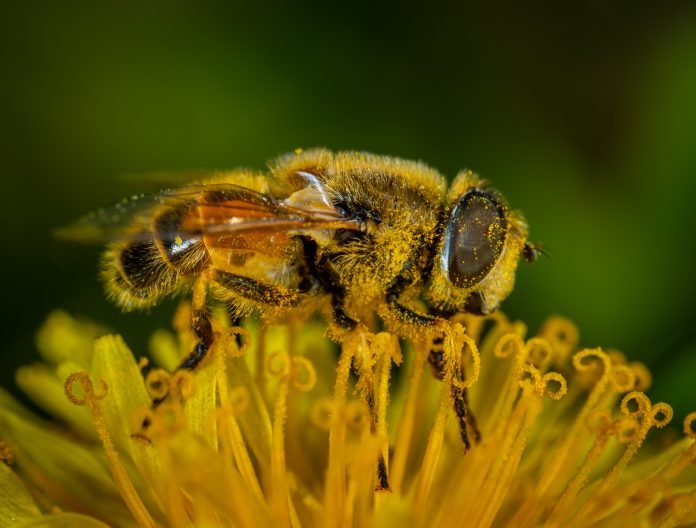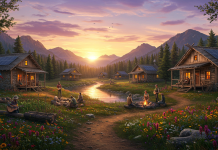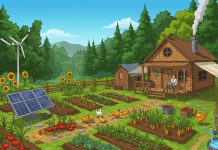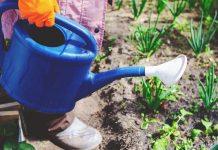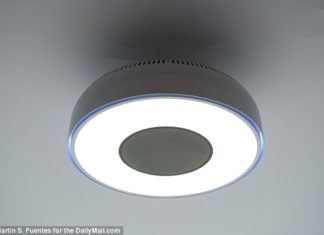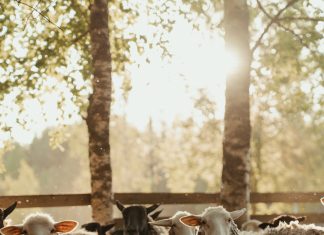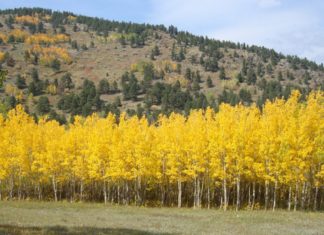If you want to create a buzzing and vibrant garden, you need to attract pollinators. Pollinators are essential for the health of your plants, as they help with seed production and pollination.
There are a number of ways to attract pollinators to your garden, including planting native flowers, providing nesting sites, and using ladybugs.
Keep reading to learn more about how to bring these vital creatures into your green space.
Why are Pollinators Important for Gardens and How can They Help Increase Yields?
Pollinators are a crucial component of successful garden management. By helping flowers transfer their genetic material resulting in fertilization and the formation of fruits and vegetables, pollinators play an imperative role in the food production process.
They include honeybees, bumblebees, butterflies, and hummingbirds, amongst others. Providing suitable habitats for pollinators increases yields by up to 20%. Allowing enough room for wildflowers to grow and thrive within gardens is one way to attract them.
Some people even build nesting accommodations such as butterfly homes or beehives for these helpful creatures.
Not only do they boost harvests, but they also provide a source of natural beauty as they go about their work of pollination.
Their presence offers valuable environmental contributions to gardens big and small which makes maintaining a flourishing green space all the more rewarding.
What Kind of Flowers do Pollinators Like Best and Where can You Find Them?
Pollinators are essential for ecosystems, so learning about the type of flowers they like best could come in handy when you’re out looking for them.
Many vibrant and colorful plants that pollinators love can be found in a variety of settings, like meadows, parks, forests, wetlands, and even your garden. Nectarines such as daisies (Asteraceae), asters (Callistephus), blazing stars (Liatris), phlox (Phlox paniculata), and salvia (Salvia spp.) attract a wide array of pollinators with their nectar.
Wildflowers like butterfly weed (Asclepias tuberosa) and royal catchfly (Silene regia) also make an attractive habitat for many tiny friends.
So if you’re ever in the mood for a bug-gazing session or want to do something nice for Mother Nature, try planting some of these particularly pollinator-friendly blooms! You may also install sprinkler systems in your garden to water the plants and flowers that will attract more pollinators.
How to Make a Simple DIY Bee Water Station
Making a bee water station is easier than you think! All you need are a few simple materials and some easy steps. The first step is to choose an appropriate container – any shallow bowl or cup made out of plastic, wood, or metal will work.
Then fill it with clean, fresh water and add a few pieces of rocks or pebbles so that the bees can rest as they drink. Finally, position the station away from direct sunlight and near flowers or plants in your garden, so that thirsty bees have easy access to the water.
So why not give your garden visitors some TLC and make a simple DIY bee water station today?
Tips for Creating a Butterfly-Friendly Garden
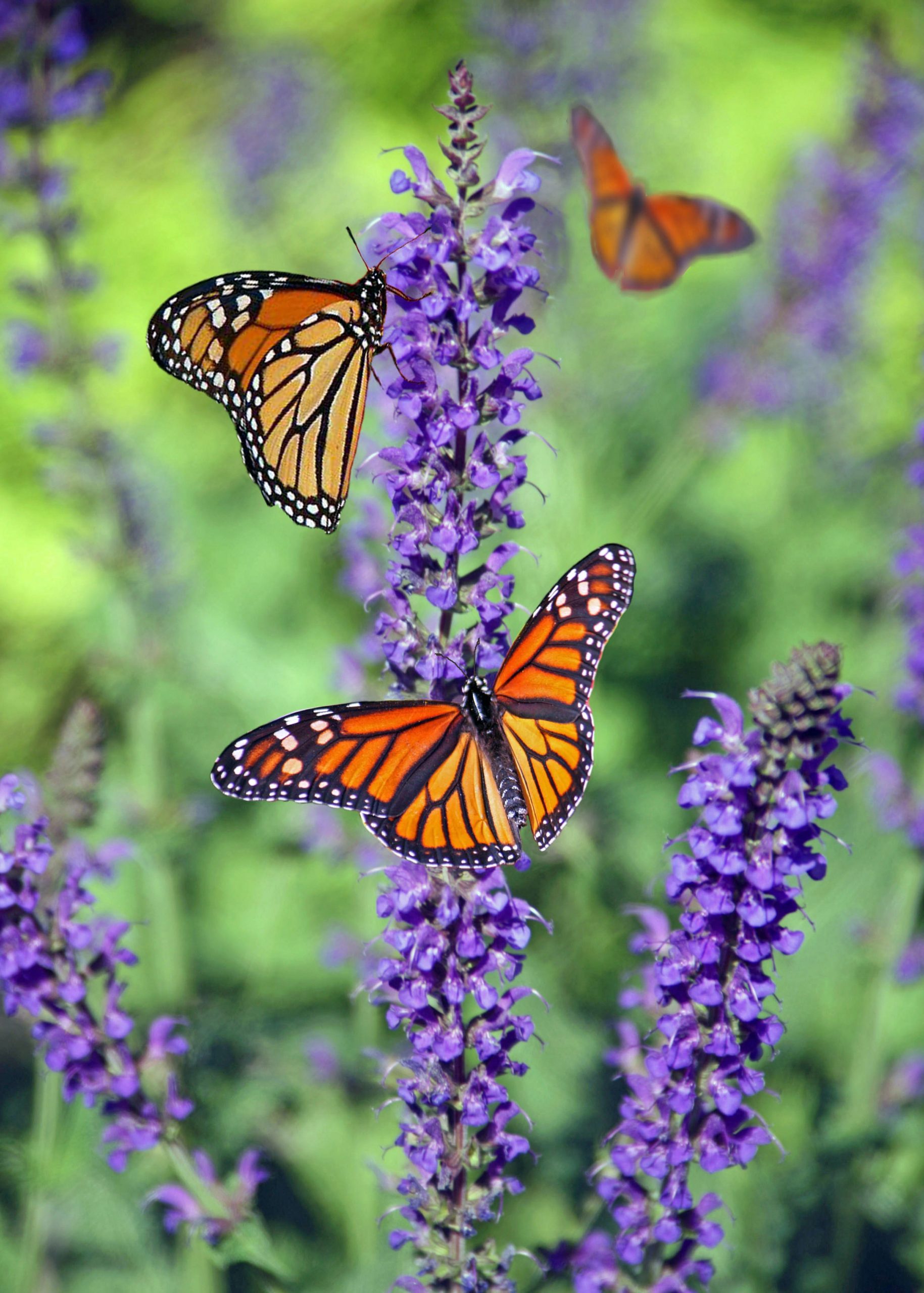
Creating a butterfly-friendly garden is not only beneficial for pollinators, but it also adds color and life to your backyard. Attracting winged visitors can be easy with a few simple steps.
First, make sure there is ample sunlight in the area, as butterflies thrive in sunny spots. Secondly, add specific plants to your garden that will provide food for butterflies like thistle, daisies, clover, and Buddleia.
Lastly, remember to offer them water by installing shallow birdbaths and supplying sources of moisture such as a shallow puddle or mud puddle.
With these tips in hand, you’ll be able to create a beautiful butterfly sanctuary that will invite beautiful pollinators from miles away!
Which Fruits and Vegetables Need Pollination in Order to Grow Properly, and How can You Attract Pollinators to Them Specifically?
Fruit and vegetables require pollination in order to grow and fruit properly. Some common fruits, like apples and oranges, rely on bees for pollination while other plants require different types of airborne pollen, such as hawk moths or hummingbird moths.
Vegetables such as carrots and tomatoes similarly depend on all sorts of different insects ranging from sweat bees to leafcutters and bumblebees to ensure the production of nutritious fruits.
By attracting a variety of pollinators to your garden, you can help encourage the biodiversity of species while simultaneously cultivating a more fruitful harvest. To support pollination specifically for these fruits and veggies, consider planting nectar-rich flowers for honeybees or providing nesting spots for native pollinators like solitary bees.
You may also choose to participate in local programs that allow you to host hives from nearby apiary sites or provide habitat corridors between wild areas with food sources for beneficial bugs. Making your outdoor space more environmentally friendly is beneficial for everyone!
Pollinators are essential to the growth of many types of plants and can help increase yields dramatically. Knowing which pollinator species prefer particular flowers, how to make a DIY bee water station, and create butterfly-friendly gardens can all assist in successfully luring them in.
Additionally, some fruits and vegetables require more specialized pollination techniques that are necessary for successful growth; implementing hedgerow plants and birdhouses can certainly help attract more bees, butterflies, and other creatures in order to increase yield.
Therefore, any gardeners looking to harness the power of pollinators should consider these tips to achieve an abundance of blooms. Taking into account the vital role played by pollinators, we all need to do our part in ensuring we have healthy numbers of these species around the world.


